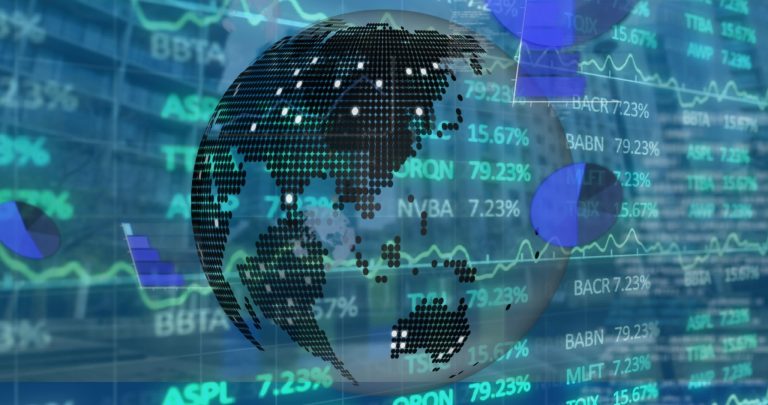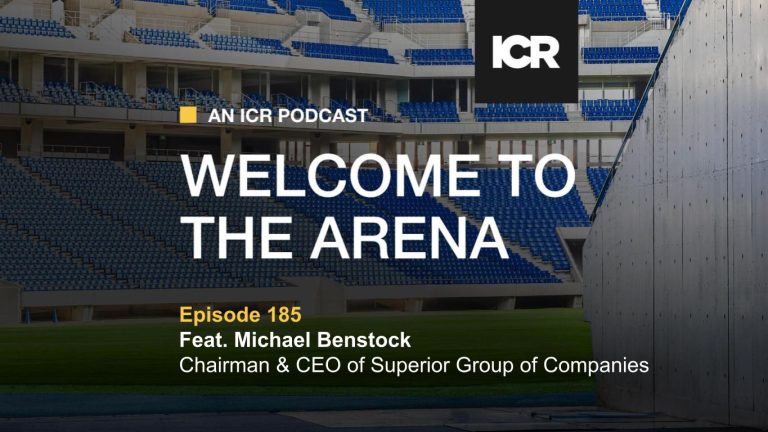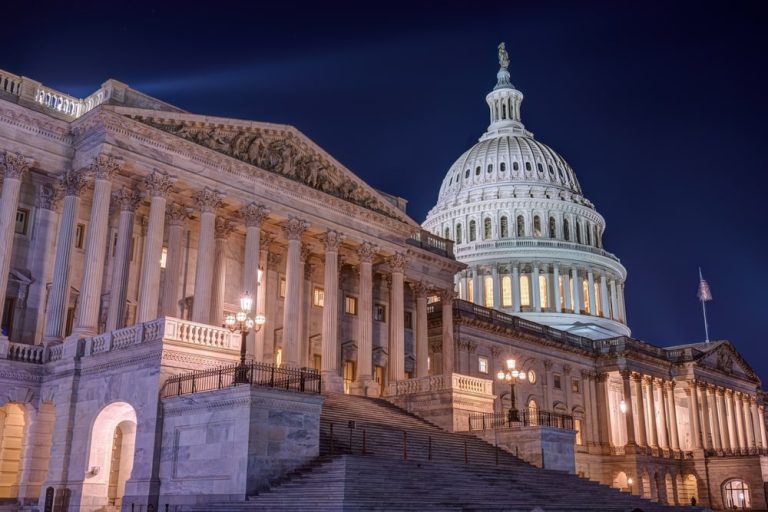Pressure for greenhouse gas emission (GHG) transparency and accountability continues to mount with business partnerships applying force.
This past month, Amazon announced that it will be updating its Supply Chain Standards to require, rather than encourage, “regular reporting and emission goal setting.” While requesting information around supplier GHG emissions is not new to U.S. companies (see Walmart, Clif Bar & Company, Cisco Systems, Sprint, IBM, San Diego Gas & Electric Co.), the scope, timing, and impetus for the change demonstrates how businesses, alongside other stakeholders, are driving climate action.
Beyond Voluntary
Since 2019, Amazon has been an advocate for companies of different industries and sizes to regularly report GHG emissions and develop decarbonization strategies through The Climate Pledge and its aim of achieving a net-zero carbon economy by 2040. Amazon has also supported the initiative with a $2 billion investment to support products, services, and technologies that meets its aim. The important aspect of The Climate Pledge is that the approximately 400 signatories are participating on a voluntary basis and they may not be direct Amazon business partners.
Amazon’s new Supply Chain Standard may impact thousands of suppliers worldwide by adding a compulsory carbon disclosure and decarbonization strategy to their engagement. Not only that, Amazon is prioritizing suppliers that are already positioned to reduce GHG emissions. In the 2022 Amazon Sustainability Report, Amazon stated they will “look for suppliers that help [them] achieve [their] decarbonization visions as [they] select partners for business opportunities.” While Amazon has made GHG emissions disclosures and goals a priority, this new focus compels its business partners to do the same. How that will be achieved has yet to be determined, but Amazon expressed that they will work with their suppliers along the way.
Advance Preparation
Amazon’s new Supply Chain Standards update is clearly in step with the latest developments for climate-related disclosure requirements. The SEC has a proposed rule to enhance and standardize climate-related disclosures for investors, which is expected to be finalized in October 2023. The IFRS® International Sustainability Standards Board’s (ISSB) call for a global reporting baseline with the IFRS S2 Climate-related Disclosures was issued in June 2023, with voluntary reporting expected on or after January 1, 2024. And at the end of July, the European Union adopted the European Sustainability Reporting Standards (ESRS), and in particular ESRS E1: Climate, under the Corporate Sustainability Reporting Directive (CSRD), with reporting beginning fiscal 2025 at the earliest.
Each of these disclosure developments used the recommendations of the Task Force on Climate-Related Financial Disclosures (TCFD) as a foundation. Among TCFD’s four core elements are metrics and targets specifically for the disclosure of Scope 1 and Scope 2 GHG emissions and, where appropriate, Scope 3. In addition, the TCFD recommendations request companies to disclose established targets and their performance. This guidance is the same requirement Amazon has included in its Supply Chain Standards enhancements. As Amazon’s suppliers respond to the new standards, they will also become well positioned to meet other voluntary and regulatory GHG emissions disclosures.
Mutually Beneficial
By their very nature, Scope 1 (direct emissions from operations controlled or owned), Scope 2 (indirect emissions from purchased electricity, steam, heat, or cooling), and Scope 3 (indirect emissions from activities beyond a company’s direct operations) GHG emissions capture the interplay of emissions between one company and another. That is because the Scope 3 GHG emissions for one company are the Scope 1 and 2 GHG emissions of another.
For Amazon, or any company for that matter, details about their suppliers’ Scope 1 and 2 GHG emissions have the added benefit of assisting them with their regular Scope 3 GHG emissions monitoring and reporting process. As Kara Hurst, Amazon’s Vice President of Worldwide Sustainability, noted in the opening letter of the 2022 Amazon Sustainability Report, “Amazon has one of the largest value chains in the world… [and] the first step in reducing emissions is to understand them.”
Once the GHG emissions are understood, next come the targets and performance. As suppliers set Scope 1 and 2 GHG emission targets, there is a direct impact to another company’s Scope 3 GHG emissions goals. This presents opportunities for business partners to work collaboratively to identify and implement operational improvements, and in the process reduce GHG emissions across the value chain. It is this mutually beneficial process that is embedded in Amazon’s approach and its new Supply Chain Standards requirement.
Opportunities For Action
It is clear that the push for GHG emissions disclosures is not unidirectional. Multiple stakeholders from regulators, non-profits, investors, consumers, and, in the case above, business partners are wielding influence to drive transparency and accountability. Companies, no matter the size or presence in public markets, will face the challenge of meeting and complying with GHG emissions disclosure expectations.
It is essential for businesses to be proactive. They should have a robust process in place to report on their environmental, social, and governance (ESG) activities, including their GHG emissions and sustainability initiatives and goals. By strategically developing and disclosing information on the activities that are fundamental to the overall sustainability of the company, every business will be well positioned to meet the evolving issues of stakeholders. At ICR, our ESG Advisory & Shareholder Activism team is ready to help you accelerate your sustainability strategy reporting journey by setting the priorities, collecting the right data, and communicating your progress. Get in touch.



